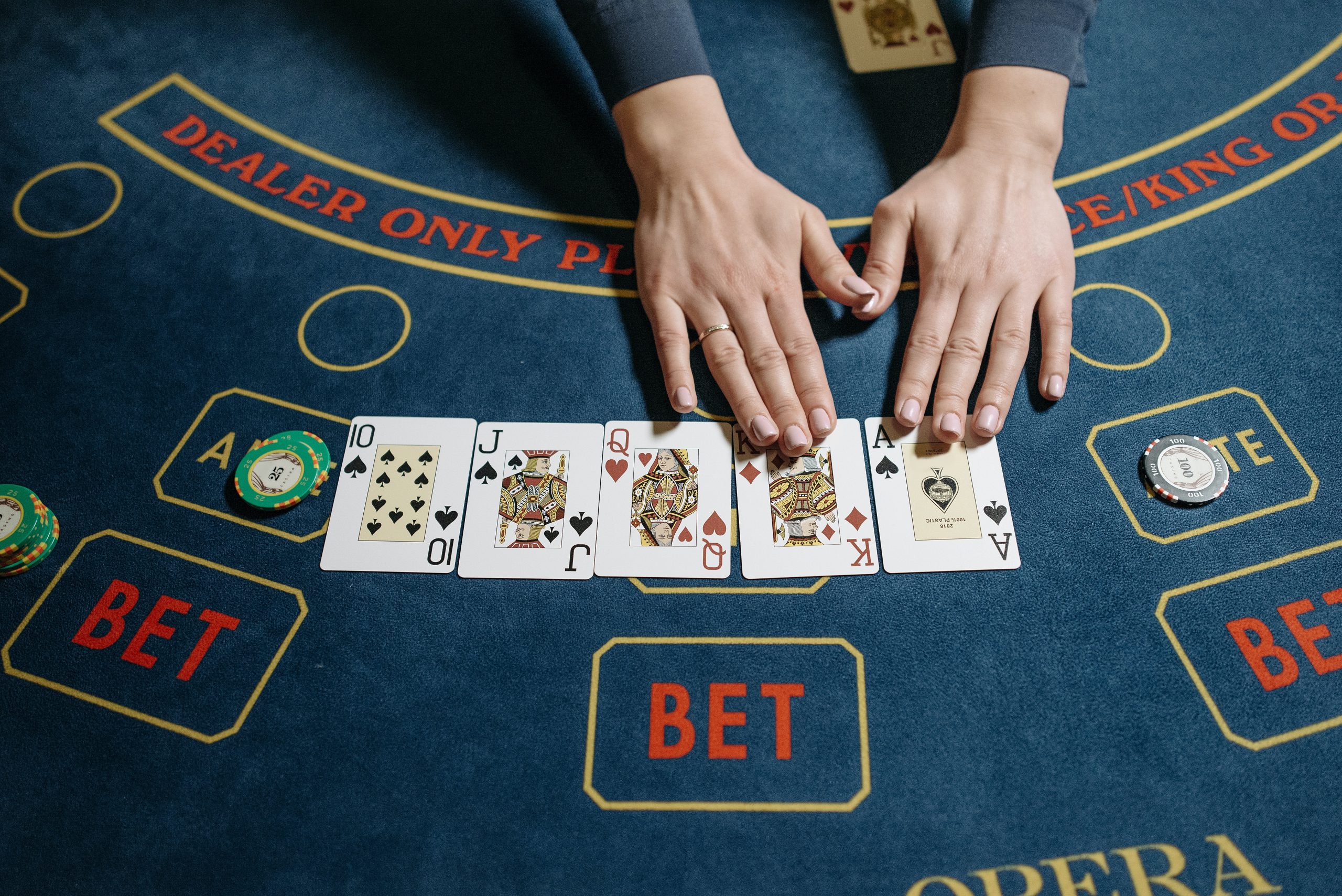
Poker Night Banter: Turning Bluffs into Brilliant Plays
August 29, 2025 4:44 pm Leave your thoughtsEver found yourself at a poker night, cards in hand, staring at what could be either a golden ticket or a one-way trip to folding town? That moment of uncertainty – when you’re holding two cards and watching the flop unfold – is both the thrill and the agony of Texas Hold’em. Whether you’re a greenhorn who’s accidentally called a bluff, or you’ve been playing poker at the kitchen table for years, there’s always a way to up your game.
This guide will turn those sweaty-palm moments into confident, strategic moves. You’ll discover how to read your hand like a seasoned pro, decode the subtle tells around the table, and develop the strategic mindset that separates casual players from serious competitors. Once you’ve read this piece, you’ll be able to stride into any poker game – be it in your mate’s basement or on the casino floor – with self-belief that’s truly earned. Let’s dive into the fascinating world of Texas Hold’em hands and turn you into the player everyone respects at the table.
Getting to Grips with Hand Rankings
The foundation of successful Texas Hold’em play begins with a crystal-clear understanding of hand rankings. Without this fundamental knowledge, you’re essentially flying blind, unable to make informed decisions about when to bet, call, or fold. Think of hand rankings as the alphabet of poker – you need to know them instinctively before you can start writing poetry.
Texas holdem hands follow a strict hierarchy that every player must memorise. At the pinnacle sits the royal flush – the ace, king, queen, jack, and ten of the same suit. This hand is poker royalty, appearing roughly once in every 649,740 hands. Just below this sits the straight flush, which is any five consecutive cards of the same suit. The beauty of these premium hands lies not just in their rarity, but in their psychological impact on opponents.
Four of a kind, or “quads,” ranks third and consists of four cards of the same rank plus any fifth card. A full house – three cards of one rank and two cards of another rank – follows next. The full house is particularly interesting because it’s strong enough to win most pots, yet common enough that you’ll see it regularly in play.
Moving down the hierarchy, we encounter the flush (any five cards of the same suit), the straight (five consecutive cards of mixed suits), three of a kind, two pair, one pair, and finally, high card. Each of these hands has its own strategic implications and requires different approaches to betting and play.
The key to identifying your hand quickly lies in systematic evaluation. First, look for flushes and straights, as these can be easy to miss in the excitement of the moment. Then check for pairs, trips, and full houses. Practice this evaluation process until it becomes second nature – you should be able to assess your hand strength within seconds of seeing all five cards.
Decoding Table Dynamics and Player Tells
While knowing your own hand is fundamental, poker is ultimately a game of incomplete information where success depends heavily on your ability to read the table dynamics and assess what your opponents might be holding. This skill transforms poker from a simple card game into a complex psychological battle that rewards observation, intuition, and analytical thinking.
The art of reading the table begins with understanding betting patterns. When a typically conservative player suddenly becomes aggressive, it often signals a strong hand. Conversely, when an aggressive player checks or calls instead of betting, they might be trying to control the pot size with a marginal hand. Casino jesus experts often emphasise that these behavioural shifts are among the most reliable tells in poker.
Physical tells, while popularised in films, are actually less reliable than betting patterns, but they still provide valuable information. Watch for changes in posture, breathing patterns, or hand movements. A player who suddenly sits up straight after slouching might have just improved their hand significantly. Similarly, someone who touches their face or neck after seeing their cards might be experiencing stress from a difficult decision.
Consider this real-world example: During a recent home game, one player had been folding consistently for thirty minutes, playing only premium hands. When he suddenly raised pre-flop and then bet aggressively on a rainbow flop of 7-2-K, experienced players immediately recognised this as a sign of genuine strength. His betting pattern was completely consistent with having a strong hand, likely pocket aces, kings, or at minimum ace-king.
Board texture analysis is another crucial component of table reading. A “wet” board with potential straights and flushes creates different dynamics than a “dry” board with little connectivity. Pay attention to timing tells as well – quick bets often indicate strong hands or obvious bluffs, while long pauses followed by bets might suggest a player is calculating pot odds with a drawing hand.
Building Your Strategic Arsenal
Strategic thinking in Texas Hold’em extends far beyond simply knowing which hands to play. It encompasses position awareness, pot odds calculation, bankroll management, and the psychological aspects of the game that separate winning players from those who consistently lose money over time.
Position is perhaps the most underestimated aspect of poker strategy amongst casual players. Playing in late position – particularly on the button – provides enormous advantages because you get to see how other players act before making your decision. GG Poker professionals consistently emphasise that you can play significantly more hands profitably from late position than from early position. In early position, stick to premium hands like pocket pairs tens and above, ace-king, and ace-queen suited.
Pot odds and implied odds form the mathematical backbone of profitable poker play. If the pot contains £100 and your opponent bets £50, you’re getting 3:1 odds on your call. If you have a flush draw with nine outs, you’re roughly 2:1 against making your hand by the river. Since 3:1 is better than 2:1, calling becomes mathematically correct.
Bankroll management prevents even skilled players from going broke during inevitable downswings. Never play in games where you can’t afford to lose 20-30 buy-ins. For £1/£2 cash games with £200 buy-ins, maintain a bankroll of at least £4,000-£6,000. This cushion allows you to weather the statistical variance that affects all poker players, regardless of skill level.
Bluffing strategy requires careful consideration of your opponents and board texture. Effective bluffs tell a consistent story and are sized appropriately for the situation. Don’t bluff calling stations who rarely fold, and don’t bluff into multiple opponents unless you have a very specific read.
Mental game management is equally important. Tilt – playing emotionally after bad beats or frustrating sessions – destroys more bankrolls than lack of technical knowledge. Develop stop-loss limits and stick to them. The games will always be there tomorrow, but your bankroll might not be if you continue playing whilst tilted.
Taking Your Game to the Next Level
Mastering Texas Hold’em hands is a journey that combines mathematical precision, psychological insight, and strategic thinking. We’ve explored the fundamental importance of knowing hand rankings instinctively, developed skills for reading table dynamics and opponent behaviour, and outlined strategic frameworks that winning players use to maintain their edge over time.
Remember that poker rewards patience, observation, and continuous learning. The player who seemed unbeatable last month might have simply been running well, while the player struggling with bad luck might possess superior technical skills. Focus on making correct decisions rather than short-term results, and your long-term success will follow naturally.
Your poker education doesn’t end here. Which aspect of the game challenges you most – hand reading, strategic decision-making, or managing your emotions during tough sessions? What specific situations at your regular poker night leave you feeling uncertain about the best play? Consider keeping a poker journal to track these challenging spots, and don’t hesitate to discuss difficult hands with fellow players.
Take these concepts to your next poker session and observe how they change your approach to the game. You might be surprised at how much more confident and successful you become when armed with solid fundamentals and strategic thinking. What’s the trickiest hand you’ve ever had to play? Share your war stories in the comments below!
Categorised in: All Blogs
This post was written by Powered by thefootballforum.net
